<< Previous | Displaying results 3901-3925 of 6772 for "" | Next >>
As part of the “Final Solution,” Nazi Germany organized systematic deportations of Jews from across Europe to ghettos and killing centers. Read more.
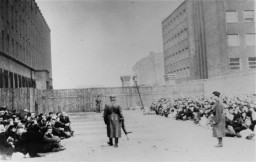
Auschwitz was the largest camp established by the Germans. It was a complex of camps, including a concentration camp, killing center, and forced-labor camp.
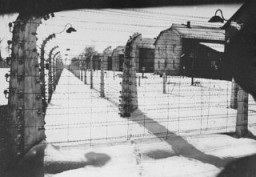
Most prisoners in the early Nazi camp system were political opponents of the regime. The system would grow to include other types of camps, including killing centers.
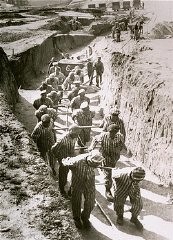
Trials of top surviving German leaders for Nazi Germany’s crimes began in Nuremberg after World War II. Read about the Nuremberg trials.
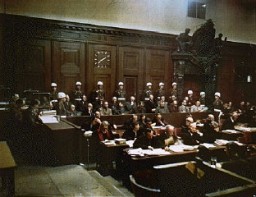
The first major Nazi camp was liberated by Allied troops in July, 1944. Learn more about liberation of camps towards the end of World War II.
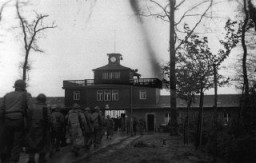
Jews were the main target of Nazi hatred. Other individuals and groups considered "undesirable" and "enemies of the state" were also persecuted.
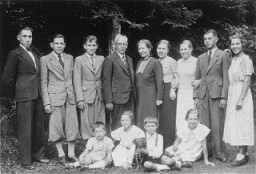
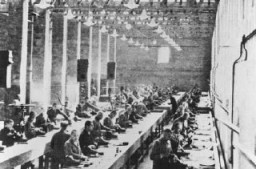
Near the end of WWII, the Germans began marching prisoners out of camps and away from the front. Read more about the brutal conditions of these death marches.
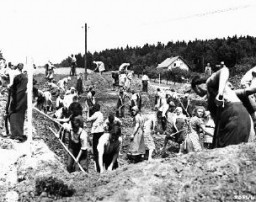
Survivors faced huge obstacles in rebuilding their lives after the devastation of the Holocaust years. Learn about some of the challenges they faced.
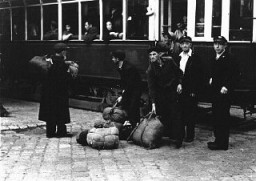
While some European Jews survived the Holocaust by hiding or escaping, others were rescued by non-Jews. Learn more about these acts of resistance.
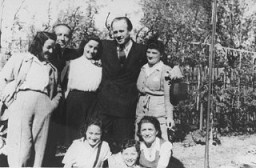
The Danish resistance movement, assisted by many ordinary citizens, coordinated the flight of some 7,200 Jews to safety in nearby neutral Sweden. Learn more about rescue in Denmark.
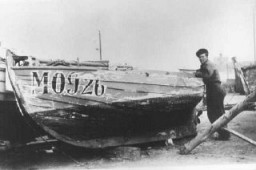
Some Jews who managed to escape from ghettos and camps formed their own fighting, or partisan, units during World War II. Learn about life as a partisan.
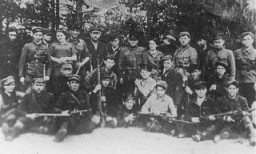
The Warsaw ghetto uprising was the largest uprising by Jews during World War II. 100s of ghetto fighters fought heavily armed and well-trained Germans for nearly a month.

Under the most adverse conditions, prisoners initiated revolts in killing centers. Learn more about prisoner uprisings in Treblinka, Sobibor, and Auschwitz.
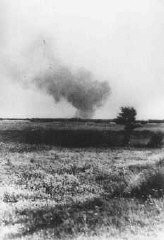
The War Refugee Board was formed in 1944 by executive order under President Roosevelt. It was tasked with the rescue and relief of victims of Nazi oppression.
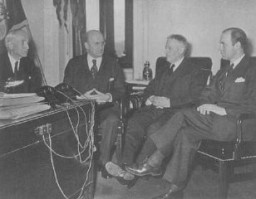
Some individuals and groups in Germany attempted to resist Nazism, despite the risk of being caught and facing punishment. Learn more about their efforts.
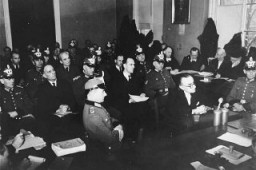
Jews were the main targets of Nazi genocide. Learn about other individuals from a broad range of backgrounds who were imprisoned in the Nazi camp system.
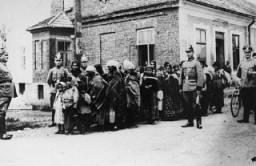
Explore a timeline of the history of the Ravensbrück camp in the Nazi camp system from its establishment in 1938 until the last of the Ravensbrück trials in 1966.
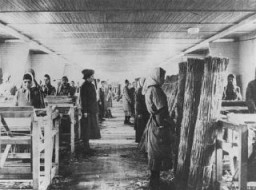
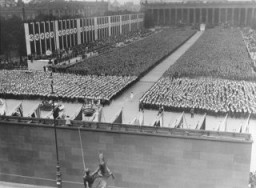
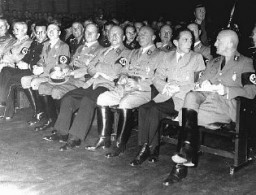
Explore a timeline of key events in the history of Nazi Germany during 1938.
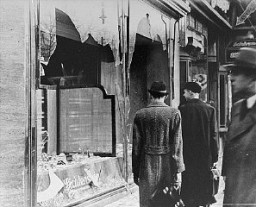
Explore a timeline of key events during 1939 in the history of Nazi Germany, World War II, and the Holocaust.
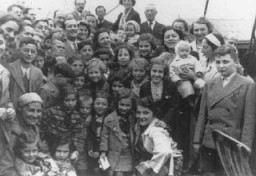
Explore a timeline of key events during 1941 in the history of Nazi Germany, World War II, and the Holocaust.
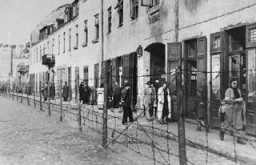
Explore a timeline of key events during 1942 in the history of Nazi Germany, World War II, and the Holocaust.
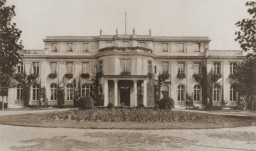
Explore a timeline of key events during 1940 in the history of Nazi Germany, World War II, and the Holocaust.
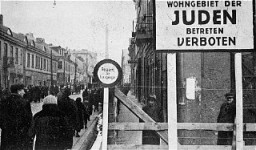
We would like to thank Crown Family Philanthropies, Abe and Ida Cooper Foundation, the Claims Conference, EVZ, and BMF for supporting the ongoing work to create content and resources for the Holocaust Encyclopedia. View the list of donor acknowledgement.